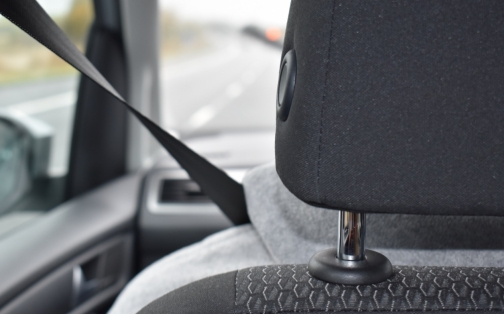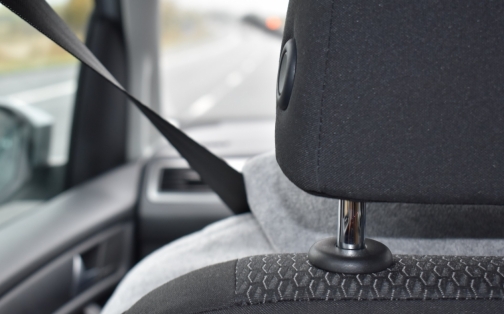
- Home
- News
- Road Traffic
- Causes of road accident casualties revealed

Causes of road accident casualties revealed
The good news is that traffic accidents have been steadily falling over the last decade. The bad news is that collisions on the road are still all too common and cause thousands of serious and minor injuries to road users each year. And thanks to a new study we can get a clearer idea of how these injuries are occurring.
Recent figures from the Department for Transport have revealed some of the most common causes of injury on UK roads and suggest that these numbers could be significantly reduced by a number of methods – most as simple as drivers and pedestrians taking more care.
It was shown that the number one factor in motoring accidents was failing to look properly when making a manoeuvre. In 2013 alone, 63,000 crashes occurred because the driver failed to look before pulling out or reversing.
In second place, the next highest cause of accidents was a driver failing to correctly gauge the speed or direction of another car nearby – a mistake that contributed to 34,000 incidents on British roads.
The total number of casualties on UK roads is reducing every year. In 2013, 1,713 people were killed in motoring accidents – a 2% drop compared to 2012. There was a more significant reduction in general accidents on the roads, with a total of 183,670 in 2013 – 6% less than the previous year.
But with thousands of deaths still caused by motoring accidents each year, organisations such as road safety charity Brake believe that much more could and should be done.
Brake’s deputy chief executive Julie Townsend says:
‘Since 2010, progress has stalled dramatically. At this rate, it will be many more decades before we reach the only acceptable number of casualties on our roads, and that number is zero.
‘The government needs to take far more proactive action to drive casualties down faster, including a zero-tolerance drink drive limit, a 20mph default urban speed limit, and graduated driver licensing to tackle young driver crashes.’
With DfT figures showing that exceeding the speed limit was responsible for 249 deaths in 2013, Townsend is not alone in believing that the laws should be much tougher in order to protect other road users.
In terms of defective vehicles, under-inflated or poorly maintained tyres were the chief cause of road accidents. There were 968 casualties last year alone due to tyres that were improperly inflated or had not been changed in time.
One solution for the latter is for drivers to check their own tyre tread using a 20p coin. Drivers are being told to insert the coin into the groove and change tyres if the outer edge is obscured, as it is therefore above the legal 1.6mm tread depth requirement.
Have you been hit by a dangerous or careless driver in the last three years? Call Winns today on 0800 988 6288 and find out how you can claim compensation.
Share this article
Request a Callback
Had an accident that wasn’t your fault? Leave your details and we’ll call you back.
Thank you
Thank you for your request, one of our team members will be in touch shortly.
Find Out MoreExisting Client?
Keep on top of your claim 24/7, 365 days a year with Touchpoint, accessible from any internet-enabled device.



